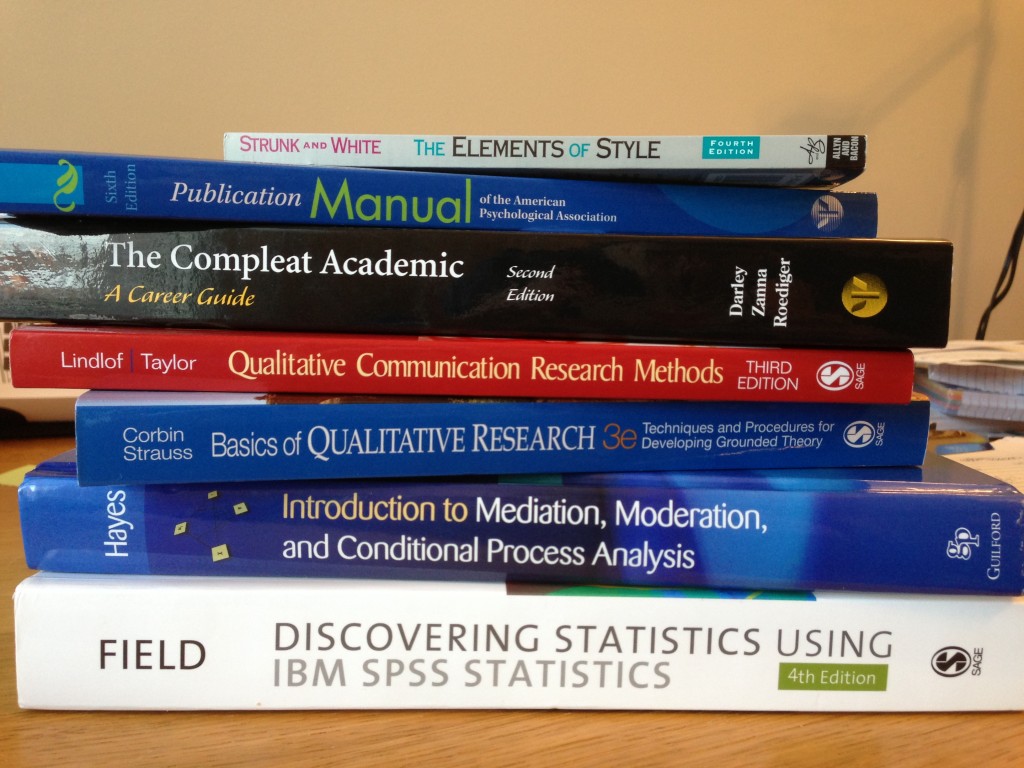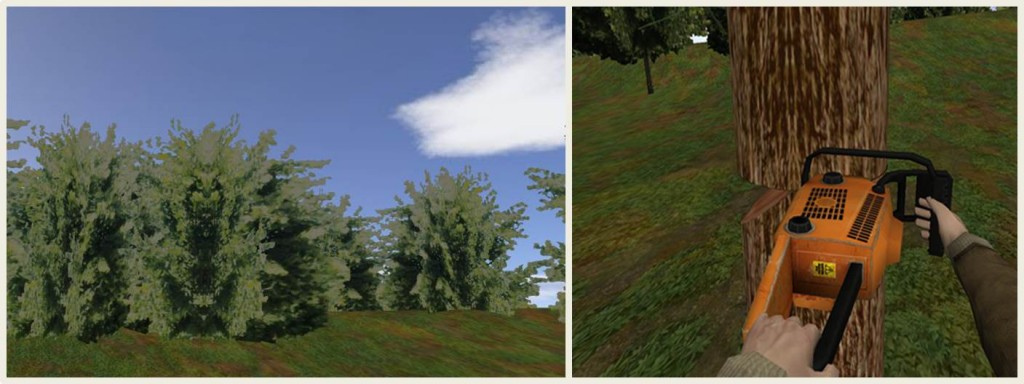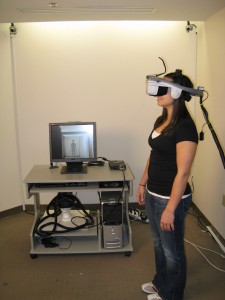Traveling to conferences can be a continuing financial burden for academics. There’s also the added twist that often times, the locations people are most excited about are also the most expensive. ICA 2014 in London exceeded all expectations and was a great conference—but I also didn’t take the time to plan in advance and ended up spending way more money than I had budgeted for (even worse, most of it was on bad meals, also due to a lack of planning.) Here are a few tips for making work travel slightly less paralyzing for your checkbook (that may come in handy for last minute spring break planning too–who knows.)
Find friends. As soon as you know you’re going, sound the alarms for potential roommates and/or travel partners. This is the easiest way to cut down on hotel and travel expenses (especially if you can drive instead of fly) and, of course, it makes conferencing more fun. If you have friends in your destination city, see if they’re willing to put up with a houseguest for a couple of days.
Check your discounts. Sure, you get a conference hotel discount…but even then, conference hotels can be far outside of a normal travel budget. Few of us have the luxury of free hotel stays thanks to accumulated travel points, but sometimes there are benefits we forget about attached to other affiliations. Sometimes being a student is enough to get you a discount. I find my AAA card indispensable not only as a driver but also as a traveler, because many hotels and attractions (e.g., museums, historical sites) will give you an additional discount. I also belong to two social organizations that also get discounts on rental cars. Of course, always compare these prices with what you can find on bargain travel websites.
Do your research. Before you start digging, find out the basics about your destination by looking at travel sites. How far away is it from your school? Could you drive, or must you fly? What airports can you fly into? Is there a public transportation system? How is the public transit access from the airport to the hotel or from your hotel to the conference site? Are there affordable dining options around the hotel (and will they be open)? Don’t forget to check out the materials assembled by the sponsoring association–sometimes they have helpful hints there, such as leads on cheap transportation or staying in cheap campus housing for the conference.
Lodging. A little inconvenience can mean huge savings at conferences. It’s great to be able to take the elevator to talks and stay indoors when conferences are inexplicably scheduled in miserable climates, but you can often save hundreds of dollars outside of the conference hotel. For ICA in San Francisco several years ago, a colleague was able to book a room for us in a hotel less than a block away from the conference for over $100 cheaper a night, and it was just as nice as the conference hotel.
If you are staying for an extended period (e.g., for a preconference), you might search out non-hotel alternatives through airbnb.com, rentaflat.com, or other websites that lease out apartment-style living spaces. These sites usually get you access to a full kitchen, which means you can minimize your food budget by feeding on cereal, peanut butter, frozen burritos, and/or pasta.
If you are driving to the conference and have access to a car, this can free you up even more. If you’re in a suburban area, staying at a hotel closer to the highway will often net you the free parking, free breakfast, and free wifi that is a rare trifecta for conference hotels. Typically you can pay a small fee ($10 or less a day) to get a microwave and mini-fridge in your room, which can cut food costs considerably.
Transportation. At a recent ICA in Phoenix, I was amazed how many people didn’t realize that there was a train that ran from the airport to within a couple blocks from the hotel. I spent $4 round trip; I heard round trip taxi fare was about 10 times that. From what I’ve observed, this usually isn’t a secret: the conference organizations often advertise these options in newsletters and on the website. Take the time to skim the materials your associations lovingly assemble and pick up some travel pointers.
If you’re driving to your destination, don’t forget to factor in tolls and parking. I have stayed at highway hotels and used public transportation or driven to conference hotels; even when I have to pay $30 to park at the conference hotel as I did at NCA 2012 in Ughlando, though, my off-site lodging option was still considerably cheaper (especially when factoring in the other amenities like a full kitchen).
Food & drink. The easiest way to save money on food is to eat in your hotel room. When looking at your hotel options, check to see if they offer a free breakfast, mini-fridge, microwave, or coffeemaker. I eat constantly, so I typically pack food (given groceries are rarities near conference sites). Cereal is an easy breakfast and/or snack. Bagels are great for breakfast and can also host lunch with some peanut butter (they also travel better than crackers or bread.) Energy bars are convenient and don’t take up a lot of space. Add some apples, pears, or other sturdy fruits and you should make it through the week without starving or scurvy. If you have access to a grocery, you can expand your repertoire from hotel room grilled cheese and coffemaker ramen to frozen meals, depending on the presence of an iron, microwave, and/or mini-fridge in your room.
For a caff-fiend like me, a coffeemaker is indispensable for my conference productivity. Nothing gets my goat like having to fork over $4 in the conference hotel lobby for awful Starbucks. Over the course of 3-4 days, those little expenditures add up (not to mention the inevitable eons-long line in between morning panels.)
At the conference, ask around about the evening parties sponsored by schools. Some provide free food or drink tickets, but usually these only last for the early arrivals. If you stroll in fashionably late, you’ll only witness the scavenged remains of various crudité and feel a deep sense of disappointment.
As an eater (i.e., someone who likes to eat frequently and awesomely; please don’t confuse me for a foodie), my favorite part of conference travel is finding good noms. I consult several food sites (like roadfood.com, my life coach) in addition to destination guides to find feasible and affordable options. This research helped me track down a food truck gathering four blocks from ICA in Phoenix, a hole in the wall with decent $3 margaritas in San Francisco, and several spectacular food adventures in various back alleys at NCA New Orleans (including the Green Goddess, which was bizarre in all the right ways). When in doubt, ask a few locals or a hotel employee (not the front desk or concierge, however.) After several disappointing meals, I asked a bellhop in London where he liked to eat nearby, and he told us about a Thai restaurant that was hidden in the upstairs of a nearby pub. The food was amazing–far more delicious and affordable than anything else we found within walking distance of the hotel.
Entertainment. Occasionally you are lucky enough to have time to do something purely for fun. As mentioned before, some attractions will offer discounts for students or people with a college ID. There are also military discounts, senior discounts, and membership discounts (AAA) for places, so always ask. If you are plan on hitting up several attractions, you might see if there is a discounted pass, but be realistic about your availability. If you’re conferencing you may only have time to see one or two things, and separate admissions would be cheaper than a pass. You can also investigate the tours and offerings assembled by conference organizers, but I find that organizing on your own is usually cheaper.
As far as socializing goes, the hotel lobby bar is often a great place to run into people and strike up conversations, but it is also a notorious money vacuum. Beyond the school-hosted parties frequented by attendees, often there are interest group or graduate student organization happy hours at off-site locations. Take advantage of them. Often conference hotels are in downtown areas, and your bar and club options can be expensive. If you are looking for some nightlife, do a little online research and see if you can’t uncover a less expensive alternative.
Do math, and remember that time = money. Now that I’ve given you all these tips on how to conserve your funds, let me add one caveat. Saving money is important, but some things are also worth the extra money to save yourself time and frustration. If public transportation requires a shuttle to a train to a bus to a trolley with 30 minute layovers in between each stop, sometimes it’s worth it to fork over the extra money for a taxi. If you make this allowance, though, remember you’ll need to tighten the purse strings in another part of your budget.



